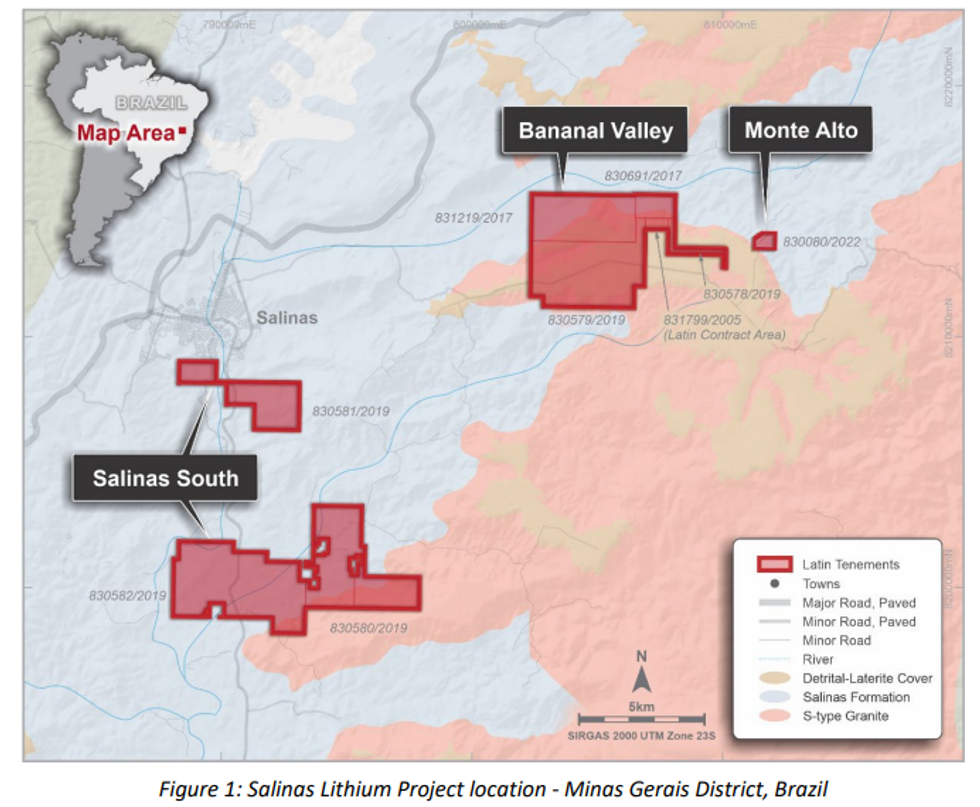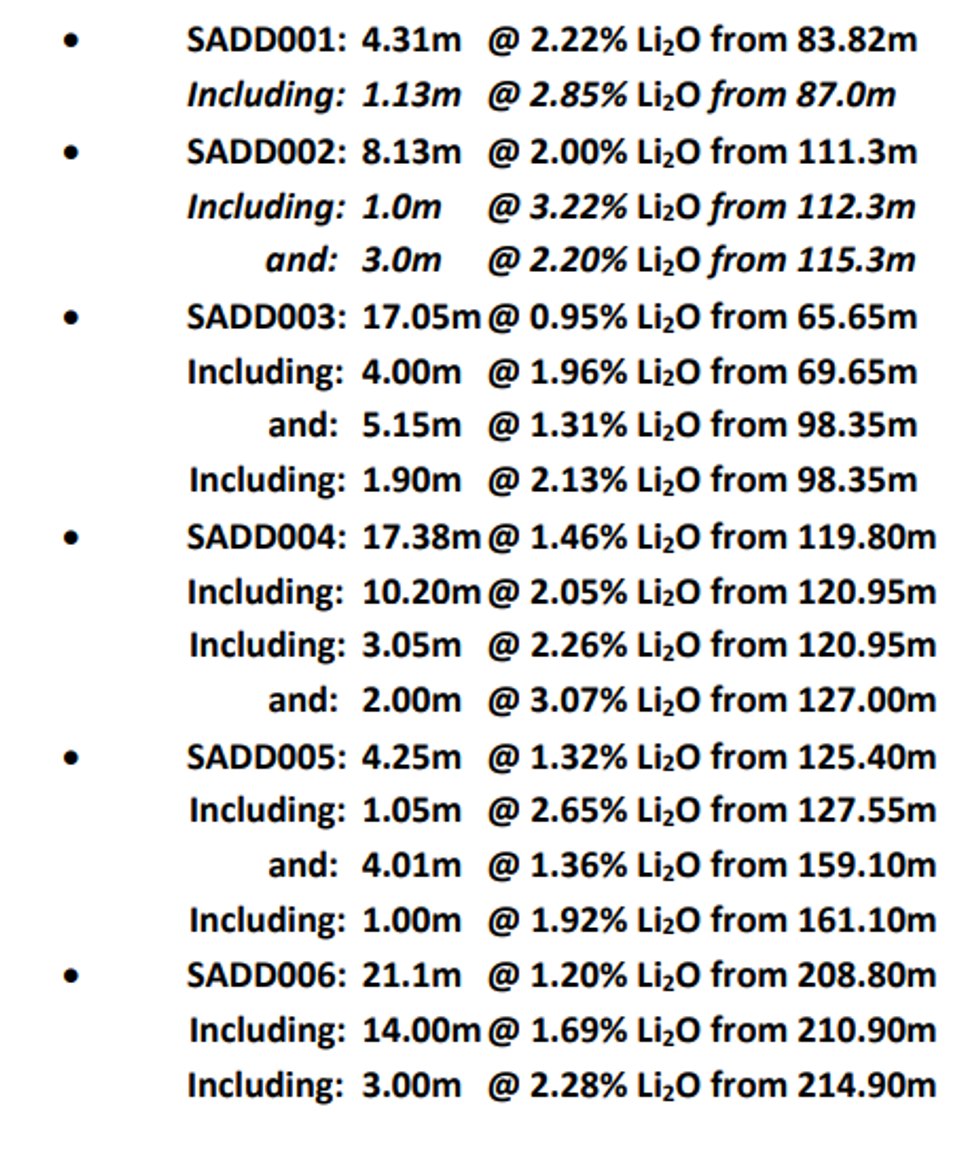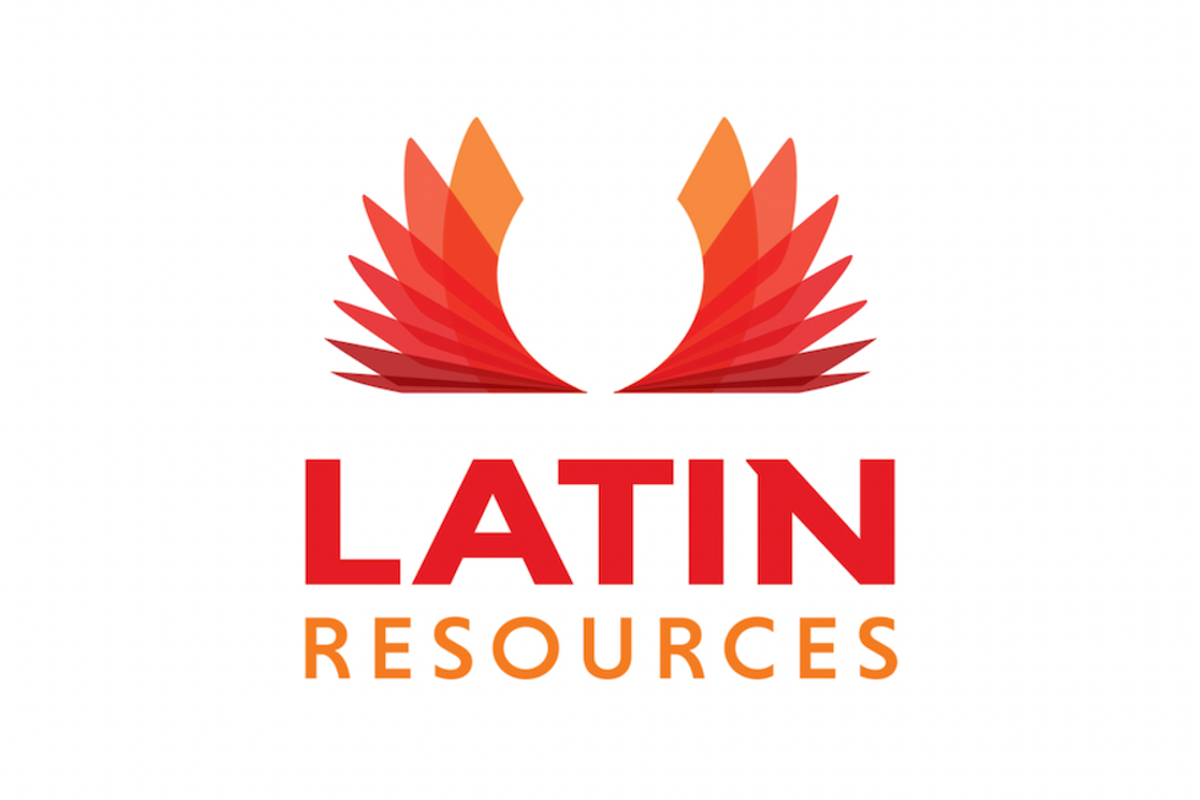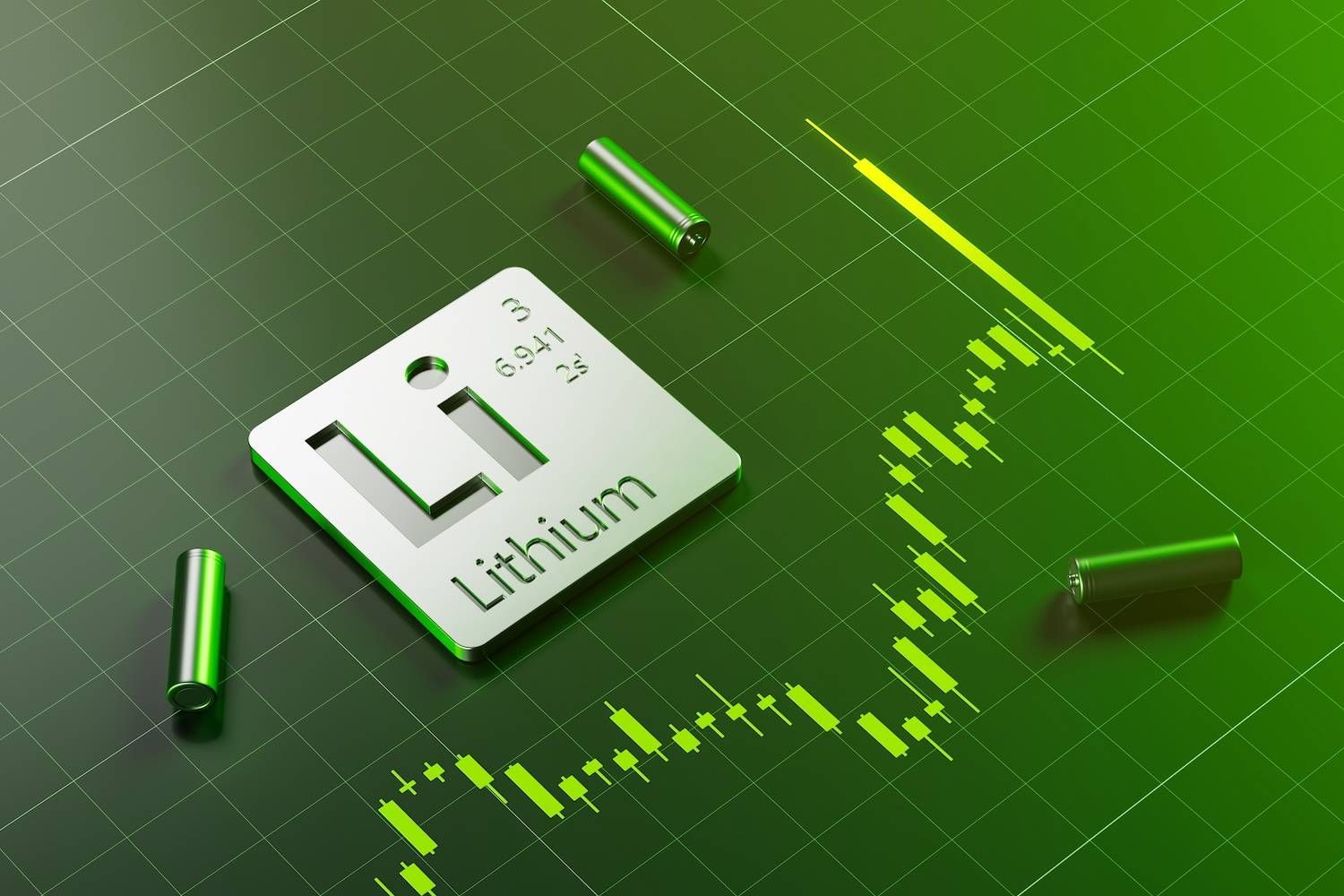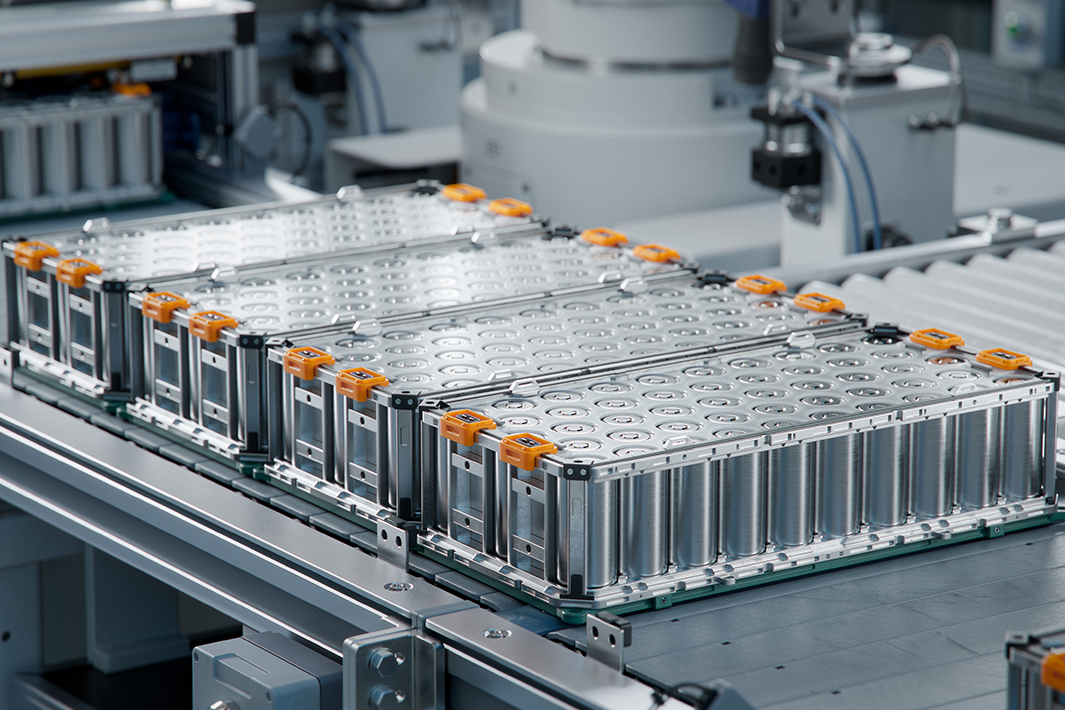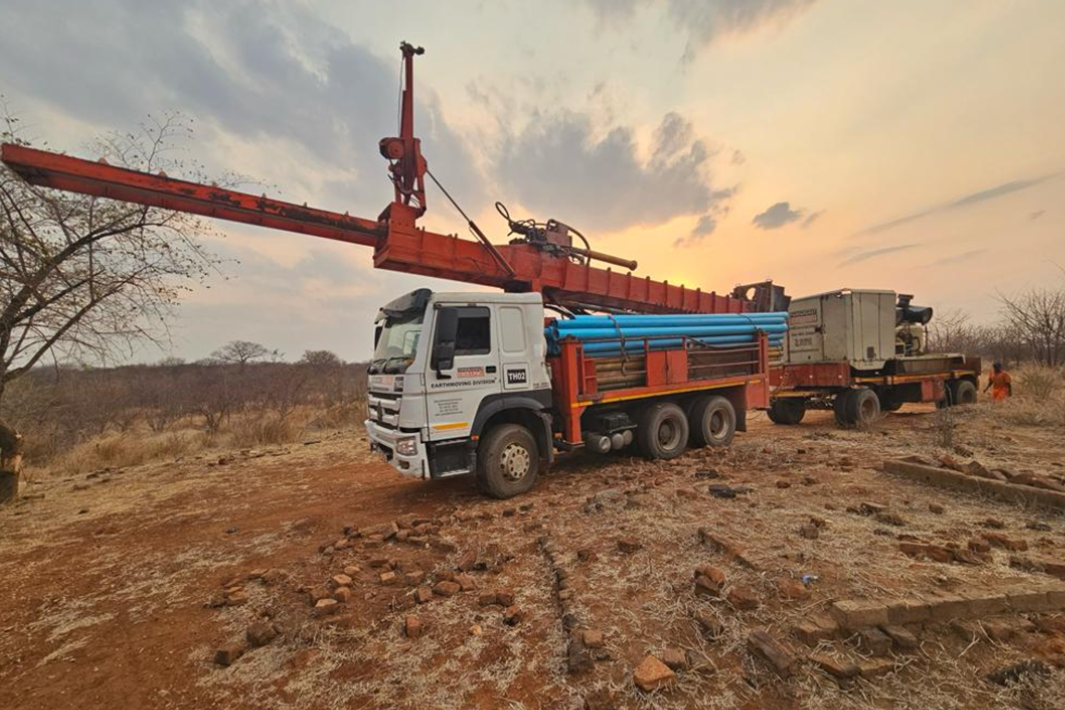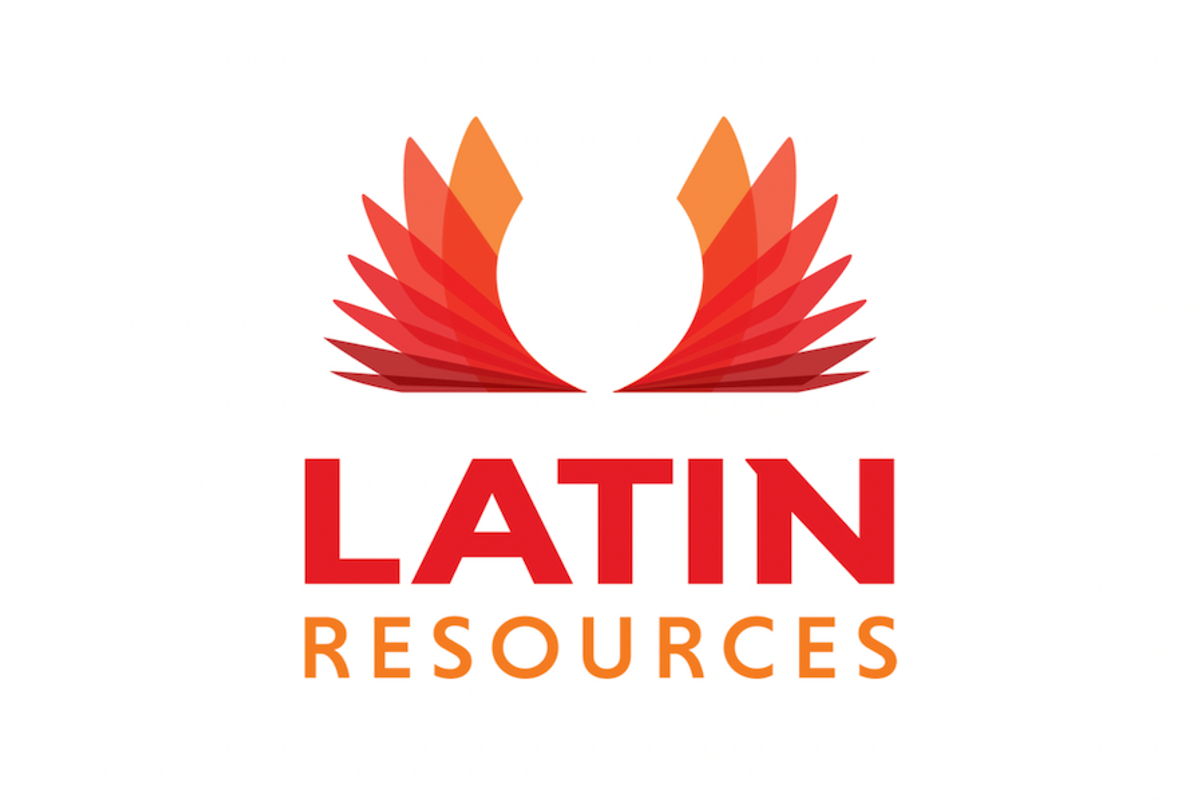
May 10, 2022
Latin Resources Limited (ASX: LRS) (“Latin” or “the Company”) is pleased to announce it has exercised its option, through its 100% wholly owned subsidiary Belo Lithium Mineracao Ltda. (“Belo”), to acquire the highly prospective tenement 830.691/2017 at the Company’s Salinas Lithium Project in Bananal Valley, Brazil (“Salinas” or the “Project”).
HIGHLIGHTS
- Latin Resources exercises its option to acquire tenement 830.691/2017, in the highly prospective Bananal Valley district of the Salinas Lithium Project in eastern Brazil.
- The option exercise is part of the Company expansion plan, with Latin’s lithium ground position now expanded to over 5,350 hectares, with multiple drill targets defined within the prospective ‘lithium corridor’.
- The immediate consideration for the acquisition is USD $15,000 in cash and USD $15,000 in LRS ordinary shares, with an additional cash payment of USD $75,000 to take place 12 months after the option exercise.
- Recent drilling on the acquired project area has confirmed the high-tenor lithium grades of the spodumene pegmatites in this region, with a peak grade of 3.22% Li2O.
- Having recently completed a transformative placement of $35 million, Latin will continue with its aggressive resource definition drilling program comprising of 25,000m on the Salinas Lithium Project to fast track its next major milestone of a maiden JORC Resource.
This acquisition is part of the Company’s plan to expand its holding of highly prospective tenements in the region, with Latin’s strategic land package now expanded to over 5,350 hectares in the newly defined Salinas lithium corridor.
Latin Resources’ Managing Director, Chris Gale, commented
“We are very pleased to have exercised our option to acquire the Bananal 830.691/2017 tenement, securing 100% ownership of the area where we will be undertaking an extensive diamond drilling program. Based on what we have seen so far from the results of the current maiden diamond drilling, we are very confident that this tenement contains significant potential for high-grade lithium pegmatites. The next phase of drilling is aimed at providing sufficient data to enable the Company to undertake a JORC Mineral Resource Estimate should results continue to be favourable.”
Results from the Company’s maiden diamond drilling campaign on the acquired project area1 , has confirmed that the spodumene bearing pegmatites in the region contain high-tenor lithium, with the Company recently reporting a number of very high-grade results, including:
Click here for the full ASX Release
This article includes content from Latin Resources Limited, licensed for the purpose of publishing on Investing News Australia. This article does not constitute financial product advice. It is your responsibility to perform proper due diligence before acting upon any information provided here. Please refer to our full disclaimer here.
LRS:AU
The Conversation (0)
02 February 2022
Latin Resources
Developing mineral projects to support the global decarbonization
Developing mineral projects to support the global decarbonization Keep Reading...
24 December
Altius Minerals to Expand Portfolio with C$520 Million Lithium Royalty Deal
Altius Minerals (TSX:ALS,OTCQX:ATUSF) is making a bet on a lithium market recovery, agreeing to acquire Lithium Royalty (TSX:LIRC) in a C$520 million deal that will expand its exposure to battery metals.Under a definitive agreement announced by the two companies on Monday (December 22), Altius... Keep Reading...
23 December
Liontown's First Tjiwarl Member Completes Apprenticeship at Kathleen Valley
Liontown (ASX:LTR,OTC Pink:LINRF) has reached a milestone at its Kathleen Valley operations, with Vaughan Harris becoming the first Tjiwarl community member to complete an apprenticeship with the company.“Being the first Tjiwarl apprentice to complete an apprenticeship here at Liontown feels... Keep Reading...
22 December
Lithium Market 2025 Year-End Review
The global lithium market endured a bruising 2025, with persistent oversupply and softer-than-expected electric vehicle (EV) demand driving prices for the battery metal to multi-year lows.Lithium carbonate prices in North Asia slipped below US$9,550 per metric ton in February — their weakest... Keep Reading...
11 December
Mining the Gap: 5 Forces Shaping North America’s Lithium Supply Chain
A convergence of industry investments, government initiatives and a shifting global trade dynamic is creating an environment ripe for the development of a North American battery supply chain, with lithium playing a leading role. These trends are reshaping the region’s industrial base and opening... Keep Reading...
10 December
Rock Bottom: Strategic Window for Ground-level Lithium Investment
When lithium prices hit bottom, savvy investors know that’s exactly where the next big discovery begins — literally. Beneath the surface of global markets and remote exploration grounds, new opportunities are forming in the wake of a sharp price reset and renewed geopolitical urgency.Recent... Keep Reading...
10 December
Liontown Resources Pens Lithium Offtake Agreement with China's Canmax
Liontown Resources (ASX:LTR,OTC Pink:LINRF) has executed a binding offtake agreement with Chinese conglomerate Canmax Technologies (SZSE:300390) as part of its strategy to diversify its customer base.“Listed on the Shenzhen Stock Exchange, Canmax is one of the world’s leading manufacturers of... Keep Reading...
Latest News
Interactive Chart
Latest Press Releases
Steadright Grants Stock Options
24 December
Silverco Confirms No Material Change
24 December
Related News
TOP STOCKS
American Battery4.030.24
Aion Therapeutic0.10-0.01
Cybin Corp2.140.00
